Storytelling School with The Moth Lesson #53: Returns and Reflections “Knock Offs” - Edgar Ruiz Jr.
INTRODUCTORY GREETINGS
This month’s blog was guest authored by Emily Couch. Emily is the Producer of Special Projects & Radio at The Moth, which means she works behind the scenes supporting the organization’s artistic staff – including the authors of How to Tell a Story, which is in bookstores now!
At The Moth, we believe that change is an important component of every story. Who were you at the beginning of the story versus who were you at the end? But sometimes, “change” can feel vague, or daunting. Chances are, you’ve undergone many many changes in your life. Or it may be difficult to pin down when, why, or how you changed. Maybe the change has taken place over many years, which can be tough to encapsulate in a short story. How do you explain something so large and complex to a listener?
Sometimes, it can be helpful to zoom into specific moments in time – what were you like in the first moment versus what were you like in the second moment? There are many ways you can choose the moments you want to focus on, one of which is selecting something that you’ve encountered a few times in your life—whether that’s a friend you see once a year, a toy you forgot about until you were cleaning your room, the town you moved from but went back to once you got your driver’s license.
We can mark the passage of time and how we have changed by examining our relationships to the things and those around us. Let’s look at Edgar Ruiz Jr.’s story, “Knock Offs,” which is a series of scenes that take place in Edgar’s birthplace of Cabo Rojo, Puerto Rico. Edgar, who lives in New York, visits his father there several times over the course of the story, which spans decades. However, he is able to zoom in on how he changes, and how his relationship to his father changes, by focusing in on these visits, and his shifting perspective each time he finds himself in Cabo Rojo.
“Knock Offs” by Edgar Ruiz Jr.
Watch the video
After you’ve watched and read the story, you can do the following activities:
Talk to each other about Edgar’s story.
Discussion questions:
In this story, Edgar returns to Cabo Rojo three times, each at a different age.
How has Edgar changed with each visit? How does he demonstrate his change?
What does he learn about himself each time? What does he learn about his father?
How does their relationship change with each visit? How does Edgar illustrate this?
ACTIVITY SUGGESTIONS BASED ON STORY CONTENT/ PRINCIPLE
To do in pairs or as a writing exercise:
Consider something you’ve returned to, revisited, or met at different times in your life. It can be a place (as in Edgar’s story), a thing (for example, your favorite book when you were five that you read to your younger sibling when they turned five), or even a person (like a cousin you only see at family reunions).
First, tell us about the place, person, or thing.
Describe what you were like the first time you encountered it/them.
How old were you?
What was important to you at that time in your life?
What did you look like?
How did you feel towards the person/place/thing?
Consider the next time (or times) you encountered this person/place/thing.
How much time had passed?
Describe what the re-encounter felt like. Was the person/place/thing the same as you remembered? Did your feelings towards it change?
Describe what you were like. How had you changed? What had you learned?
Using your answers to the questions above, write or tell a rough draft of a story that focuses on who you were versus who you are now. Include 2-3 scenes, each focusing on a time you encountered/re-encountered the person/place/thing of your choice and who you were/are during each of those encounters.
Share this post with a friend!
And check back the second Tuesday of every month for another story.
Storyteller bio
EDGAR RUIZ JR. is a proud New Yorican born in Cabo Rojo, Puerto Rico, and raised in the Bronx. Currently, Edgar is a story instructor at The Moth Community Program and a Storyslam host. He and his wife reside in Westchester County, NY, restoring a 1924 semi-haunted colonial house. When not ghostbusting, he enjoys making silly online videos with his two young children. His hobbies include creative writing, editing boring family vacation videos, stand up comedy and jogging absurdly slow.
The Moth Education Program works with young people and educators to build community through storytelling workshops, performances and innovative resources. To learn more, visit themoth.org/education
The Moth Education Program is made possible by generous support from the Hollywood Foreign Press Association Charitable Trust, the Kate Spade New York Foundation, Alice Gottesman, and The Paul & Phyllis Fireman Charitable Foundation.
Additional program support is provided by Bloomberg Philanthropies, the New York State Council on the Arts, ConEdison, and the New York City Department of Cultural Affairs.
